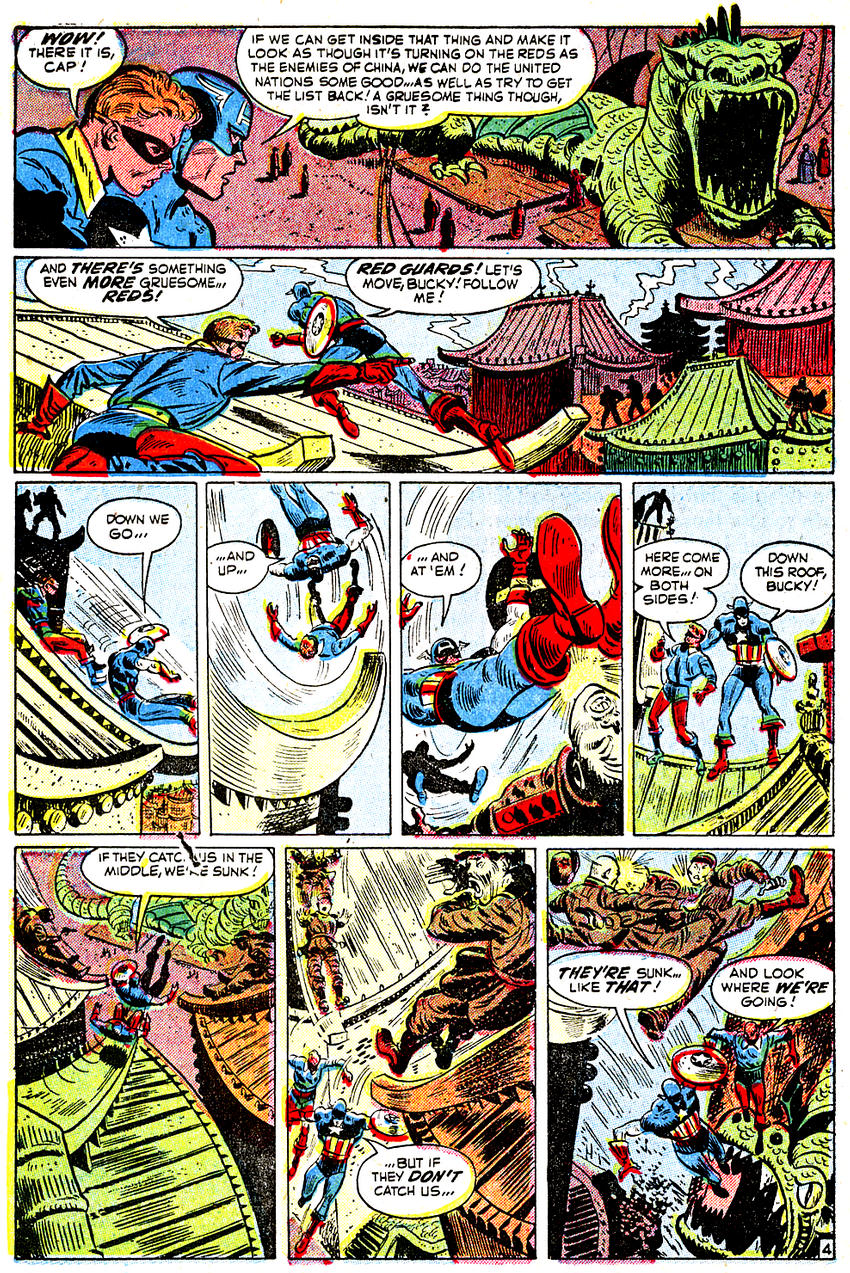Robots in love would have some real problems, so maybe it’s a good thing for Sandra that Mekano didn’t appear again. Do robots have fantasies? We are assured in a caption on page three that although this story is fantasy, so once were airplanes and telephones, and that currently “great scientists are working with mechanical men.” **
From Wonder Comics #1 (1944):
*A spoiler, since it is discovered in the next-to-last panel. Sorry.
**And a fine job those great scientists did, too, as evidenced by this picture of my personal robot, Isaac. He is shown here attending to me in the fifties when I was a boy. I wish I still had Isaac, but in the early sixties I traded him for the down payment on a used car.






















































